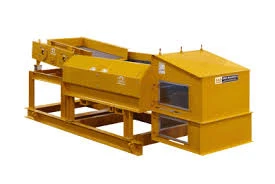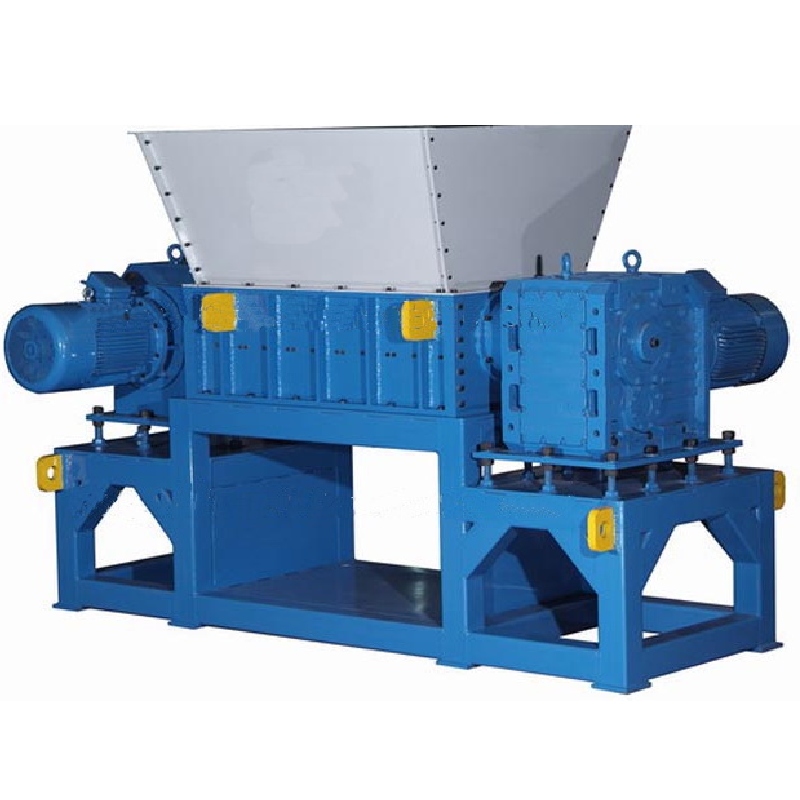The world of material separation has evolved tremendously with the advent of advanced technologies, among which the Eddy Current Magnetic Separator stands out. This technological marvel offers a solution that numerous industries rely on to segregate non-ferrous metals from waste streams, enabling both environmental sustainability and economic recovery.

In practical applications,
the Eddy Current Magnetic Separator is invaluable. My firsthand experience in the recycling industry has shown that traditional separation methods are often inadequate, especially when dealing with finely shredded materials. The Eddy Current Magnetic Separator employs the power of eddy currents—circulating currents created when a conductor is exposed to a changing magnetic field. This process is pivotal in efficiently sorting non-ferrous metals such as aluminum, copper, and brass from other mixed recyclables.
Expertise in the functionality and deployment of this instrument is crucial. An Eddy Current Magnetic Separator consists primarily of a rotor fitted with strong permanent magnets, encased in a non-conductive drum, and a conveyor belt system. When mixed material is fed into the separator, the non-ferrous metals respond to the rotating magnetic field by deflecting from their path, allowing for their extraction and collection. This ingenious use of physics results in a much cleaner stream of recyclables, significantly enhancing processing efficiency.

The authority that the Eddy Current Magnetic Separator commands in the industry is due to its proven effectiveness. For example, in municipal solid waste management facilities, these separators have drastically improved the recovery rates of valuable non-ferrous metals, driving down landfill costs and providing a secondary revenue stream. Studies conducted on the effectiveness of these separators in Material Recovery Facilities (MRFs) highlight an increase in metal recovery rates by up to 30%, showcasing their capability to maximize the output of recyclables.
eddy current magnetic separator
Trustworthiness and reliability of the Eddy Current Magnetic Separator cannot be overstated. In compliance with industry standards, reputable models are constructed with durability in mind, often featuring adjustable settings to handle varying material types and volumes. Routine maintenance is minimal, often limited to basic inspections and the occasional cleaning to ensure peak performance. Testimonials from industry veterans underscore the separator's role in streamlining operations and reducing labor costs, affirming its indispensable position in processing lines.
For businesses contemplating the integration of Eddy Current Magnetic Separators, understanding their strategic advantage is key. Not only do these separators contribute to achieving environmental targets by reducing waste and promoting recycling, but they also enhance the bottom line by recovering valuable metals. Capital investments in these systems can be recouped through increased efficiency and metal recovery, making them a financially sound choice for facilities aiming for long-term sustainability.
Incorporating Eddy Current Magnetic Separators aligns with the global shift towards more responsible waste management practices. Given the increasing regulatory pressures and consumer demands for eco-friendly solutions, industries are pivoting towards technologies that support a circular economy. By utilizing these separators, companies not only comply with environmental regulations but also position themselves as leaders in sustainable practices.
The adoption of Eddy Current Magnetic Separators will continue to grow as industries recognize their multifaceted benefits. As experts in the field, one must advocate for their broader adoption, emphasizing their contribution to environmental stewardship and operational efficiency. The integration of this technology represents a forward-thinking approach that aligns with global sustainability goals—a move towards a cleaner, more responsible future in material processing and recycling.


